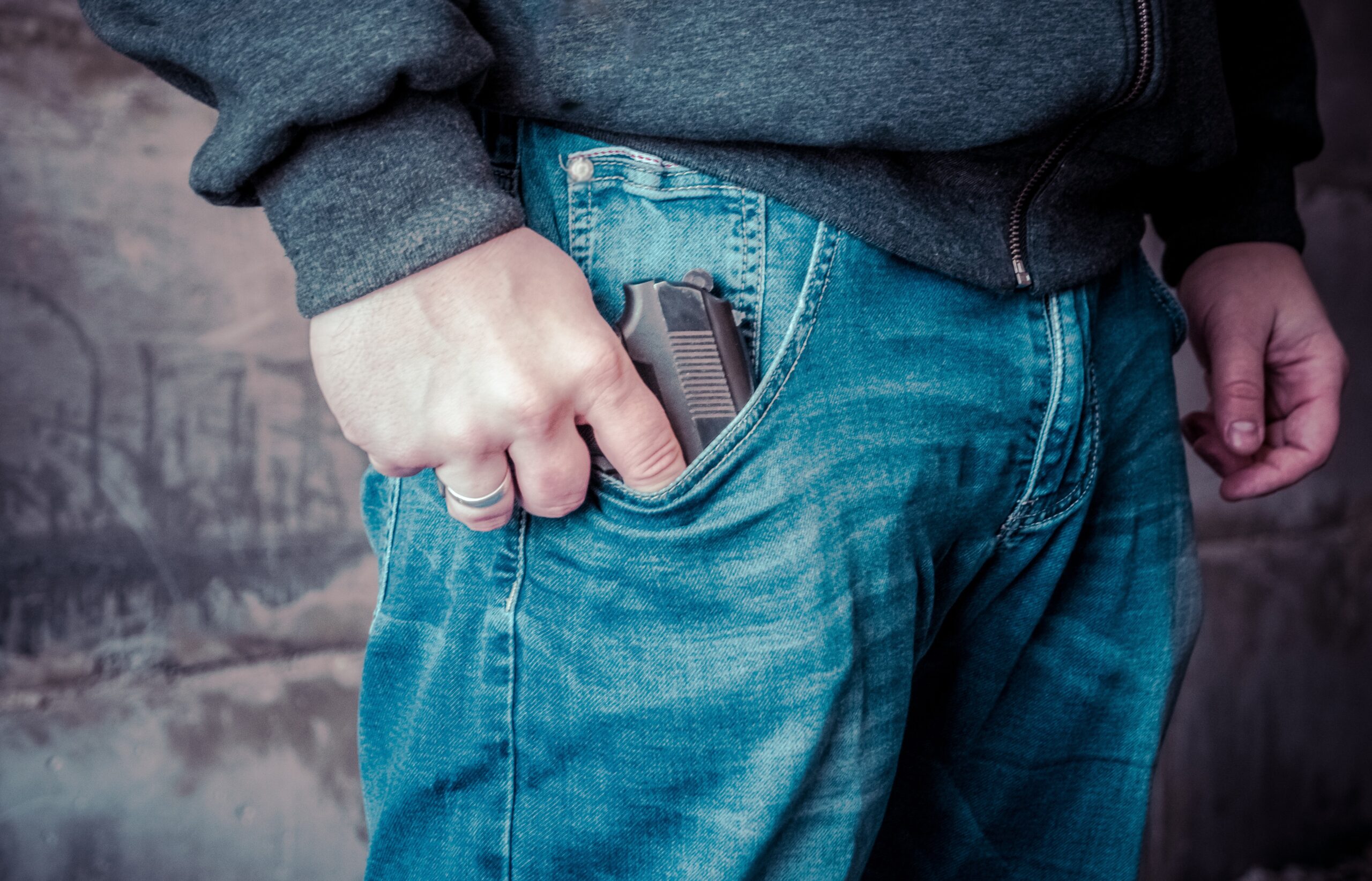What is Thefts insurance?
Theft insurance covers your office contents, stock, machines and other items inside of your buildings for theft, attempted theft or armed hold up. It is normal for theft insurance to require the stolen item to have been securely stored before the theft and for there to be evidence of forced entry.
Who needs Theft insurance?
If your office contents, stock or machines are important to your business, and you are worried about them being stolen, Theft insurance could be a good product for you. Compared to other countries, theft insurance is taken up regularly in South Africa due to the high rate of theft.
Your office contents (furniture, computers, etc.) will have limited theft protection if you have office contents insurance in the Contents section. You can look at the policy wording and policy schedule to find out how much cover you have, but it is usually about 25% of the value that you insure.
How will Theft insurance protect my business?
Your insurance policy will have its own specific list of insured events and exclusions. It is best to check with your insurer or the policy wording to confirm the details of your Theft insurance policy.
Some commonly covered and not covered items include:
What is usually included?
- Losses caused by
- Robbery from forced or violent entry/exit
- Thieves being concealed upon the insured premises before close of business
- Skeleton keys (a key designed to fit many locks) or similar devices, used to enter or exit the premises
- Losses while in a building at any additional premises
- Damage to buildings in the course of theft or attempt thereat
What is usually not included?
- Cash, bank and currency notes, cheques, credit card vouchers postal orders, money orders, current negotiable stamps and documents or certificates of a negotiable nature
- Loss or damage which can be insured under a fire policy
- Loss or damage insurable under a glass insurance policy
- Loss or damage by any principal, partner, director or any member of the insured’s household or any of the insured’s employees (as principal or accessory)
- Loss or damage to parts or accessories of customer’s vehicles unless the entire vehicle is stolen
- Loss of or damage to goods in the open and/or external fixtures and fittings
How much cover do I need?
Most businesses choose the maximum amount of loss that their business might experience in a single event.
For example: if a business has R100 000 worth of stuff that could be stolen in one event, they usually get R100 000 cover.
It is important to carefully choose your cover amount to ensure you are not over- or under- insured.
Could this happen to my business?
Theft claims
- Thieves entered the premises during the day, hid behind the dustbins at the back of the building and waited until everyone left.
- During the night, they used a crowbar to get into the premises and stole everything valuable that they could find.
- Armed robbers came to an electronics manufacturer and stole all of the stock and machines.
Temporary repairs
- Thieves broke in and broke a few windows and a door to access the store room. Temporary measures were needed to repair the windows and door to prevent further unwanted access.
What happens if I under-insure or over-insure for Theft?
If your items are worth approximately R100 000, but you think only R50 000 is at risk of being stolen – then the usual amount of cover would be R50 000. If you over-insure and take out cover for R200 000, your premium will be higher than what is needed.
If you under-insure and only take out cover for R25 000 then you face the risk of paying for some losses with the profits of your business. The insurance company will only pay up to the amount which you choose as your cover amount, your business will be responsible to pay for any amount above that.
Businesses should change their cover level if their circumstances change. For example, if a business starts keeping more stock on site, it can increase its theft limit.
Factors affecting your premium
Generally, the higher the level of risk that a business is exposed to, the higher the cost of the premium.
- Number of past claims: the more claims you have had in the past, the higher your premium.
- Type of business: different items have different levels of risks attached to them. Items which get transported daily or left on different sites will carry a higher risk than static items.
- Amount of cover taken: the higher the value of your items, the higher your premium.
- Burglar alarm: if you do not have a burglar alarm with 24-hour armed response, some insurers will not offer cover and other insurers will charge a higher premium.
Things to consider
- If my business was broken into, would loss of business contents or stock put financial pressure on the business?
- Is my business in a high theft risk area?
- Do I have strong physical security systems and deterrents, such as bars on windows, lock-in shutters and alarms?



